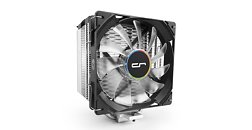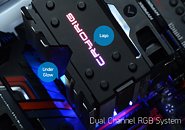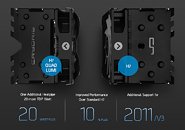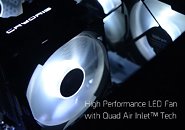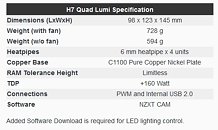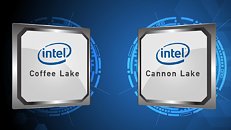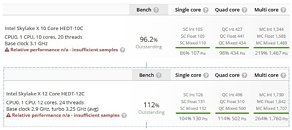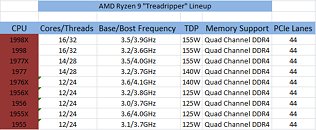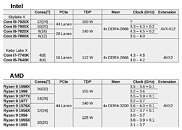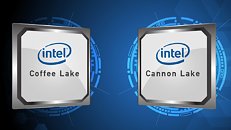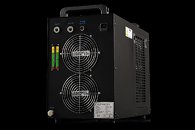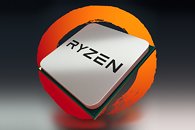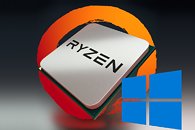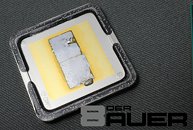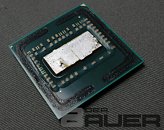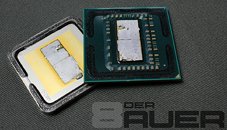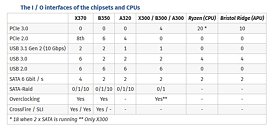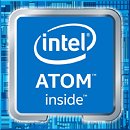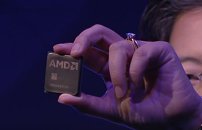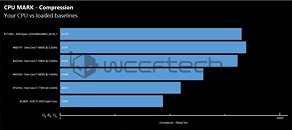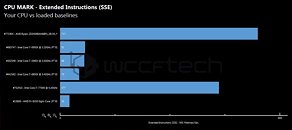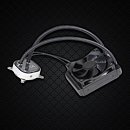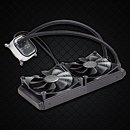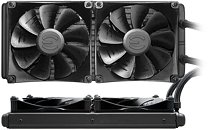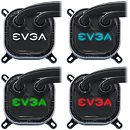
ASUS Showcases the First Ryzen Powered Laptop: The ROG STRIX GL702ZC
At Computex 2017, ASUS showcased the first Ryzen-powered laptop, which the company had already teased a while back. The STRIX brings to an end a period of lacking competition in the laptop space; before this, if you wanted a high-performance gaming (or even professional-grade) laptop, you went with one with an Intel processor inside, or not at all. AMD is back in the fold, and Ryzen was the one who rose to the challenge.
The ROG STRIX GL702ZC packs a Ryzen 7 1700 8-core, 16-thread CPU; the absence of an X there isn't a typo, considering AMD themselves say the company's XFR (eXtended Frequency Range) is meant to accelerate CPU speeds under the right thermal conditions (and headroom), which a laptop almost surely wouldn't have.) This is a full desktop CPU (and I stress, an 8-core, 16-thread one) running inside a laptop. And this laptop dresses itself fully in red, with the graphics workhorse being an RX 580. The RX 580 is a great 1080p card, so it will feel right at home on the ROG STRIX GL702ZC's 17.3", 1080p IPS panel with FreeSync support. Let's just hope this is the first in a wave of AMD-powered laptops. We'll be here to see what happens with Ryzen-based APUs closer to the end of the year.
The ROG STRIX GL702ZC packs a Ryzen 7 1700 8-core, 16-thread CPU; the absence of an X there isn't a typo, considering AMD themselves say the company's XFR (eXtended Frequency Range) is meant to accelerate CPU speeds under the right thermal conditions (and headroom), which a laptop almost surely wouldn't have.) This is a full desktop CPU (and I stress, an 8-core, 16-thread one) running inside a laptop. And this laptop dresses itself fully in red, with the graphics workhorse being an RX 580. The RX 580 is a great 1080p card, so it will feel right at home on the ROG STRIX GL702ZC's 17.3", 1080p IPS panel with FreeSync support. Let's just hope this is the first in a wave of AMD-powered laptops. We'll be here to see what happens with Ryzen-based APUs closer to the end of the year.






